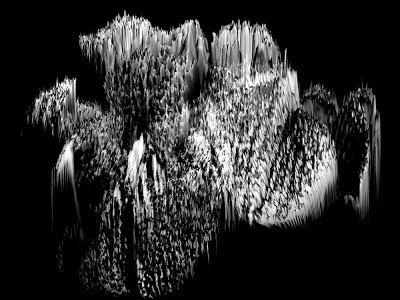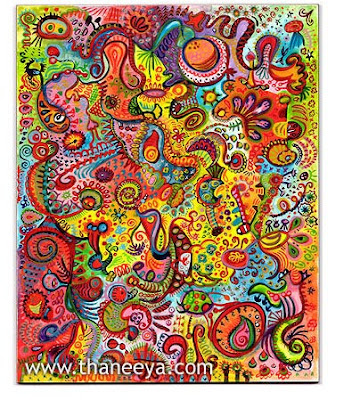Abstract art is a form of art in which an object or a form is developed in either a simplified way or an exaggerated manner. Abstract art is one of the major forms of art design which attracts a wide variety of people and art lovers. This form of art developed long back with a significant history comprising of various popular artists. Abstract landscape art, 3D abstract art, and fantasy abstract art are the most popular varieties of abstract art.
The three major forms of abstract art are cubism, neoplasticism, and abstract expressionism. Several artists are credited with the foundations of abstract art. Among those artists, the most famous cubists were Pablo Picasso and Georges. Piet Mondrian's works are one of the best examples of neoplasticism. Mark Rothko and Jackson Pollock are excellent examples of abstract expressionism.
The history of abstract art involves more than 20,000 artists along with their interesting art backgrounds. Images and in-depth information of these artists are available in their biographies. History states that the abstract form of art design developed in the early 1900s. Neo-plasticism (1920-1940), abstract expressionism (1940-1955), conceptual art, contemporary realism, photorealism, and hyper realism (1960-1975), and neo-expressionism (1970-1990) are some of the major developmental stages in the history of abstract art.
Post-Modernism is a stage which began around 1975, and still considered very famous in abstract art form. Ancient history reveals the truth that abstract art had been used in decorations for textiles and pottery, even in the early twentieth century abstract patterns. In the twentieth century, abstract art type was widely accepted. The first original abstract art form was developed by Wassily Kandinsky in 1910. In 1912, he wrote a theory based on abstract art called On the Spiritual in Art. This theory stated that portrayed art should be based on spiritual realm, and not just the things we see ordinarily as the visual world.











0 comments:
Post a Comment